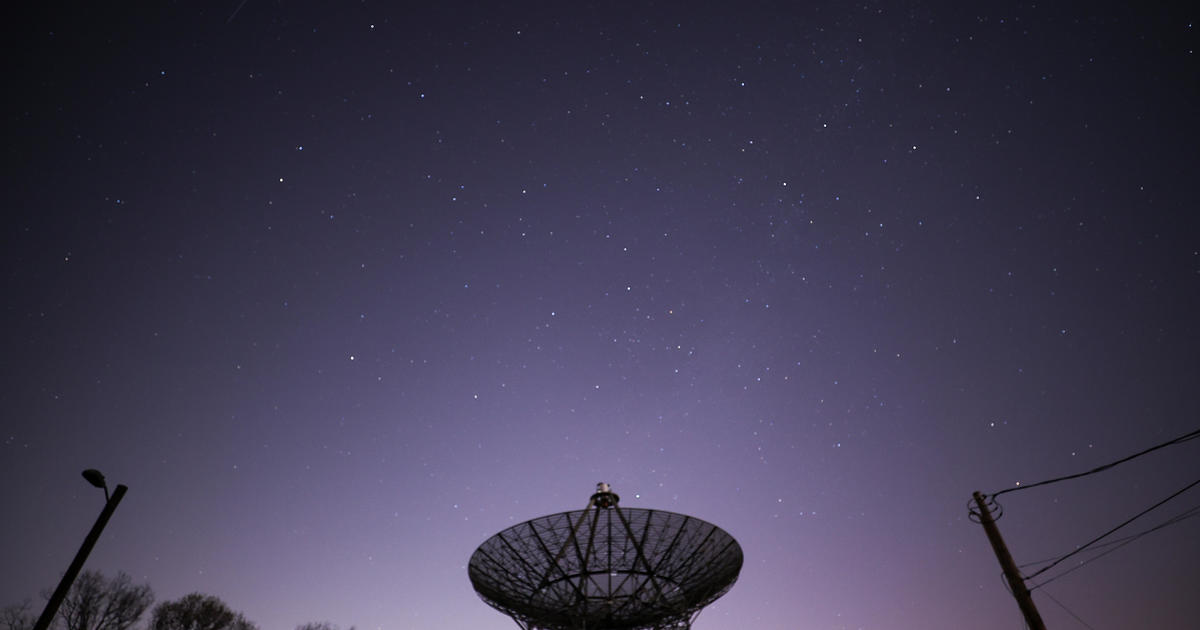Look up, astronomy fans; the Lyrid meteor shower is set to peak overnight Sunday into Monday, according to NASA.
The moon will be in its Waxing Gibbous stage as the full moon nears, which will make it difficult to see meteors. Even in ideal conditions away from city lights, only a few meteors per hour are expected to be visible to the naked eye.
“For a dedicated observer, it may still be worth spotting members of one of the oldest known meteor showers – the Lyrids have been observed for 2,700 years,” NASA wrote in a post.
When and where to see the Lyrid meteor shower
The best time to see the meteor shower is overnight Sunday into Monday. EarthSky recommends viewers go to country locations where the sky is as dark and clear as possible. Viewers should try to place themselves in the moon’s shadow to watch.
“If you can block out the sight of the moon, yet still have some sky left for seeing meteors, you might see some of the brightest Lyrids blaze past in the bright moonlight,” EarthSky reported. “Remember, even one bright meteor can make your night!”
The Lyrids are known for surges that can bring rates of up to 100 meteors per hour, but viewers are unlikely to see that many this year because of the bright moon, EarthSky notes. Viewers may see 10 to 15 Lyrids per hour in a dark sky with no moon.
What are meteor showers?
Meteors — space rocks that enter Earth’s atmosphere — streak through the sky every night. During meteor showers, which happen several times a year, many meteors hit Earth’s atmosphere over a short period of time. As the meteors speed through Earth’s atmosphere, they leave behind streaks of light caused by glowing, hot air.
While most meteors burn up as they fall, some survive the trip and reach Earth. Those are considered meteorites.
Look up — what else can you see in the sky this spring?
Astronomy fans can check out the Pink this month as April’s full moon rises. April’s full moon will reach peak illumination at 7:49 PM EDT on Tuesday, but it will appear full from Monday morning through Thursday morning, according to NASA. The Old Farmer’s Almanac details specific moonrise times for different ZIP codes across the United States.
The Eta Aquariids meteor shower is estimated to peak Saturday, May 4 through Sunday, May 5. NASA notes these meteors are known for their speed. There will not be much moonlight interference during the Eta Aquariids meteor shower.
May’s full moon, the Flower Moon, reaches peak illumination on May 23.
